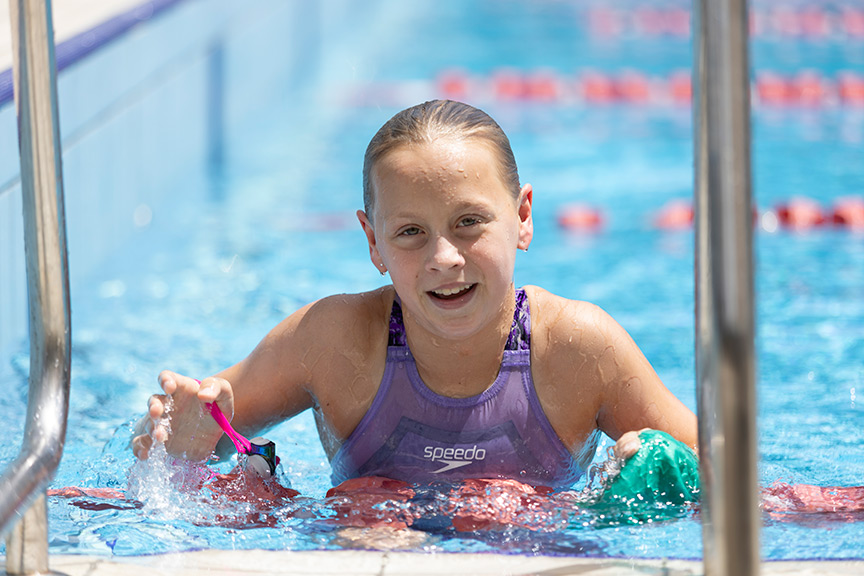
When Sophie was six years old, her gymnastics coach noticed she was struggling to do the same stretches and movements as her teammates. She was also losing weight, had rashes that looked like eczema and felt ‘as sore as an old lady’.
Her coach’s suggestion to see a physiotherapist led to an appointment with Sophie’s GP and from there it was recommended she visit a rheumatologist.
After an MRI and blood test, she was referred to the Queensland Children’s Hospital where she was diagnosed with two different musculoskeletal conditions: Juvenile Idiopathic Arthritis (JIA) and Juvenile Dermatomyositis (JDM).
“When I was diagnosed, I didn’t really understand much of what (the conditions) were,” Sophie said.
“When I did stuff, I didn’t complain, I just changed the way I did it. But my range of movement was gone,” she said.
JIA is an autoimmune disease and is the most common form of arthritis affecting children and teenagers. It confuses the body’s immune system and attacks its own cells and tissues, which can lead to pain and swelling around the joints. JDM is an autoimmune condition where the immune system attacks the skin and muscles, causing muscle weakness and rashes.
To help treat the conditions, Sophie received a six-week course of high dose steroid treatment, and weekly injections for three years, before dropping to fortnightly injections for another six months. She also took daily tablets for three and a half years.
“On the outside, she looked like a normal, perfectly healthy child. But autoimmune conditions are often hidden, which made things challenging at school and with friends. Her medication and injections often made her feel unwell but she was determined to keep going,” Carolyn, Sophie’s mum, said.
Now 11 years old, Sophie’s JIA and JDM are both in remission and she is medicine free. She still has regular quarterly check-ups with rheumatology, optometry and ophthalmology.
“We don't know what triggered the condition and are hopeful it won't come back but she is being regularly monitored,” Carolyn said.
“She has unexplained pain from time to time and we have to assume it's more than a niggle, as due to her history or medication, her body just reacts differently.”
When Sophie was diagnosed, one of the “safe sports” she could do was swimming. At her first club championship she broke three records, and it was then her love for the pool blossomed.
“I love hanging out with my friends and knowing it’s not always the outcome that makes swimming good, it’s just being in the water doing what you like, having fun and playing around,” Sophie said.
Despite her diagnoses, nothing could keep Sophie out of the pool. She has big dreams of representing Australia one day, following in the footsteps of her idol, Olympic gold medallist Arianne Titmus.
In March, she became a Queensland champion after taking out first place in the 400m Freestyle at the Queensland School Swimming Championships (10–12 years).
“Since I was eight, I’ve wanted to go to the Olympics and step on the podium, win one of the toys they get, and walk past the whole crowd with them cheering.”